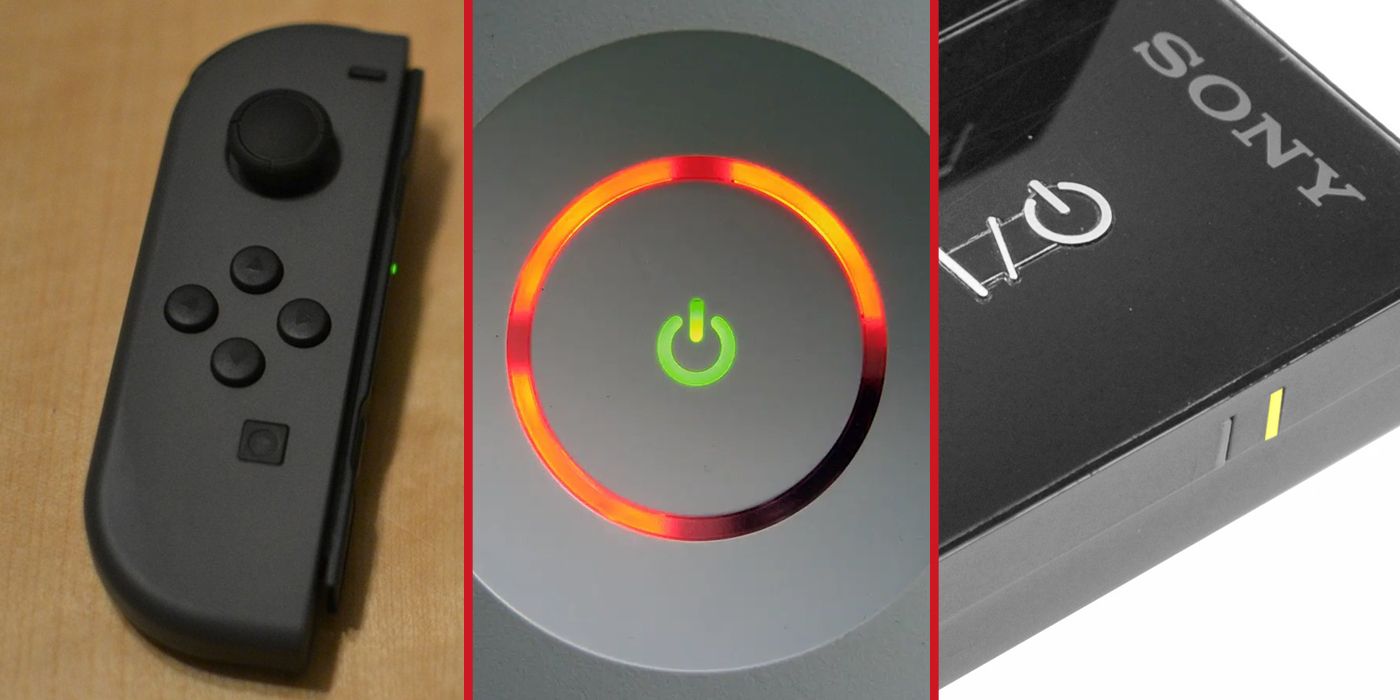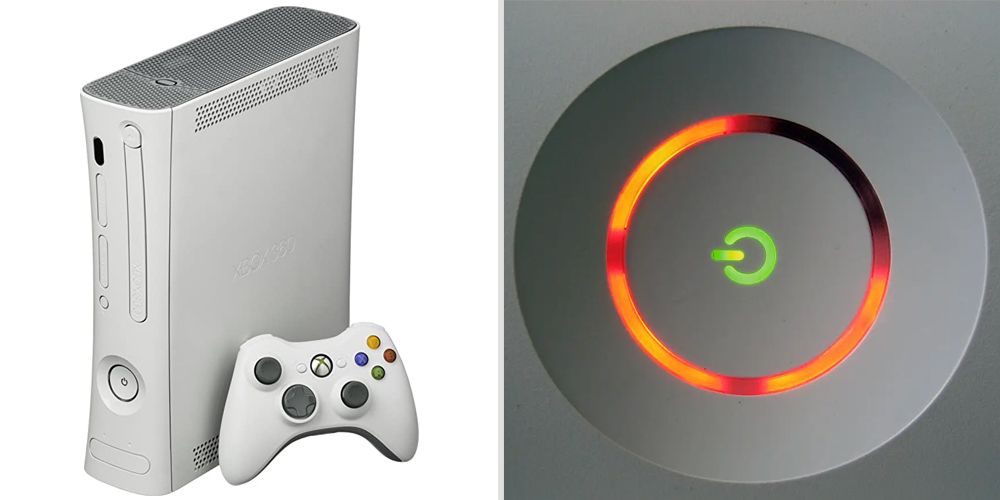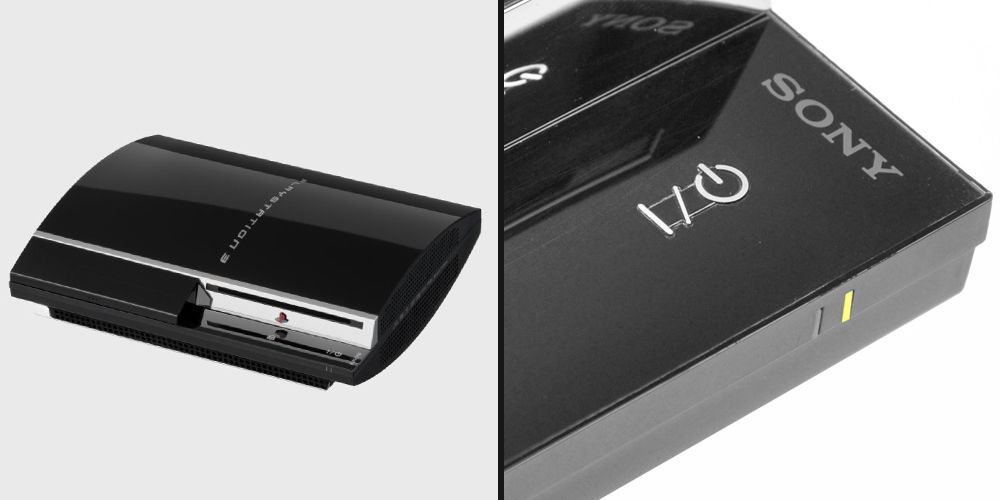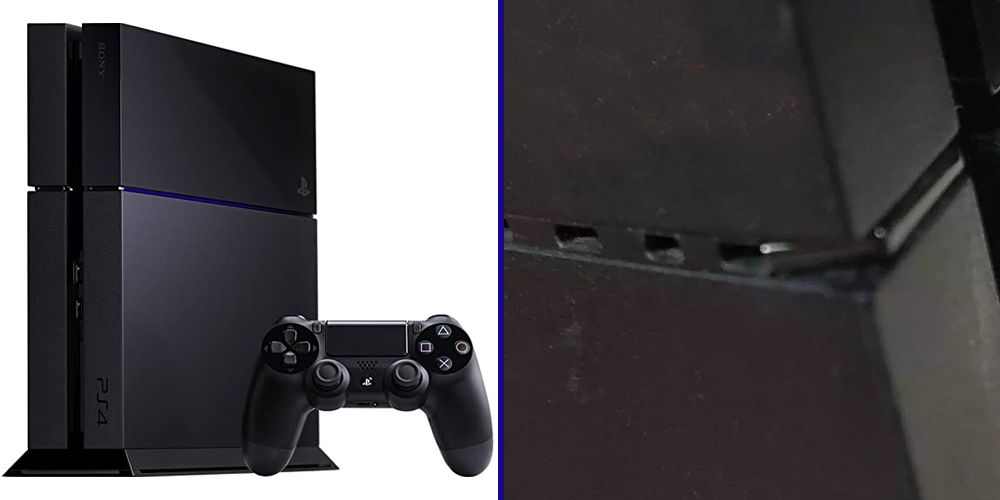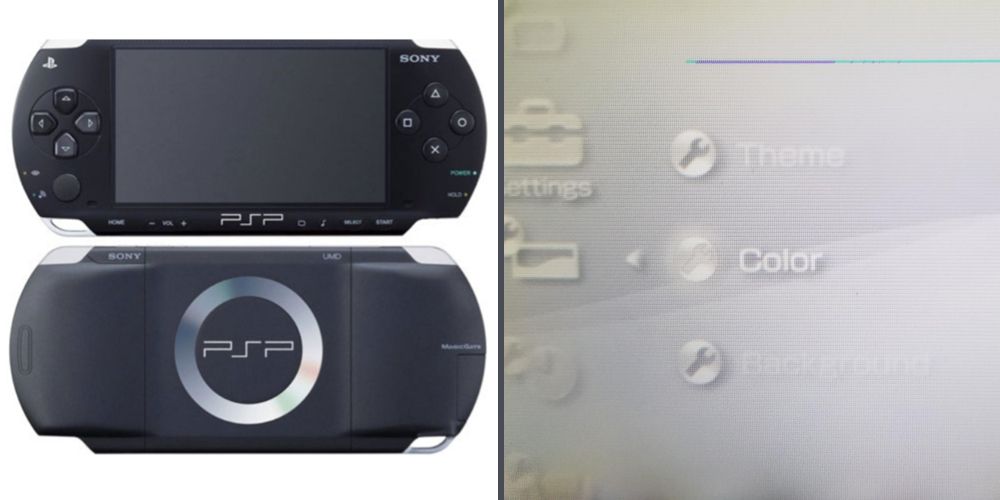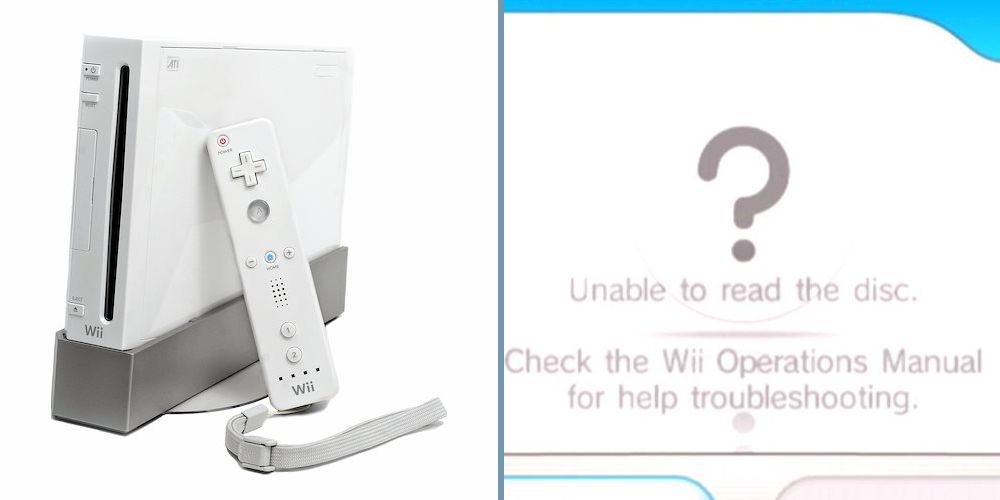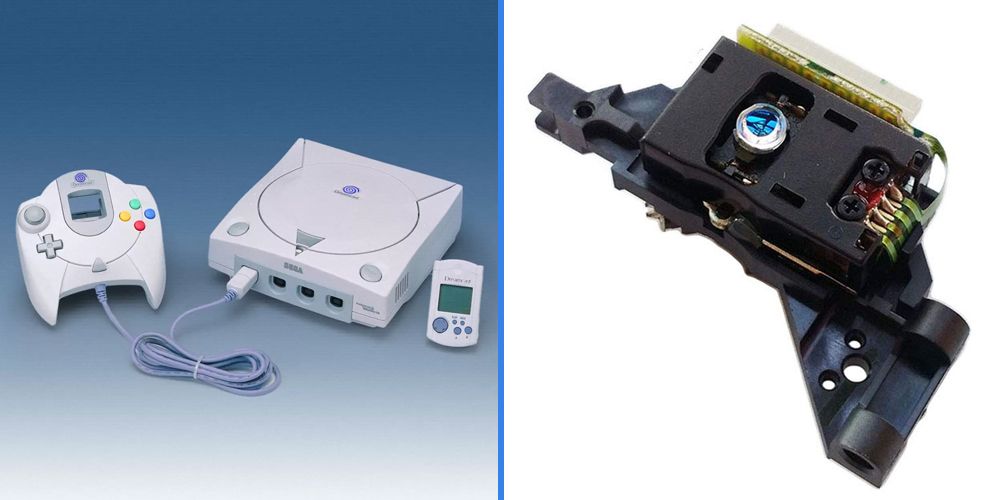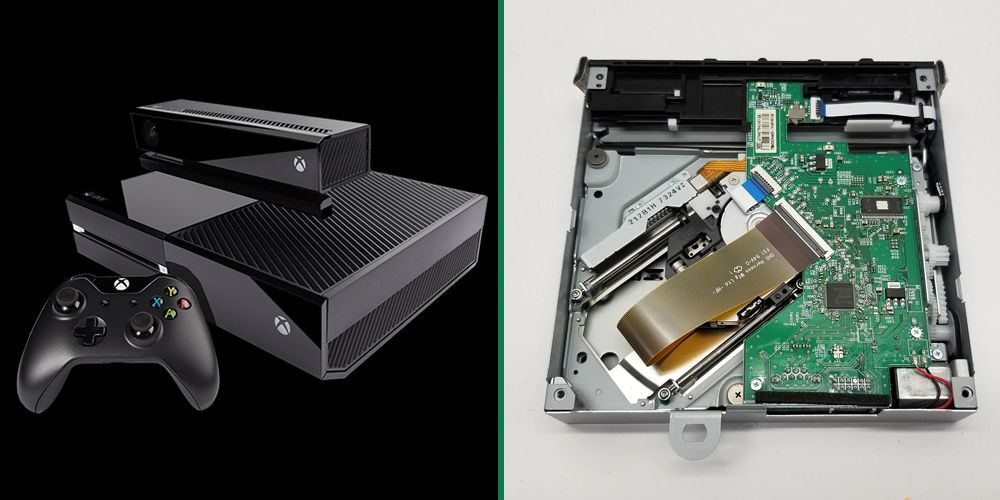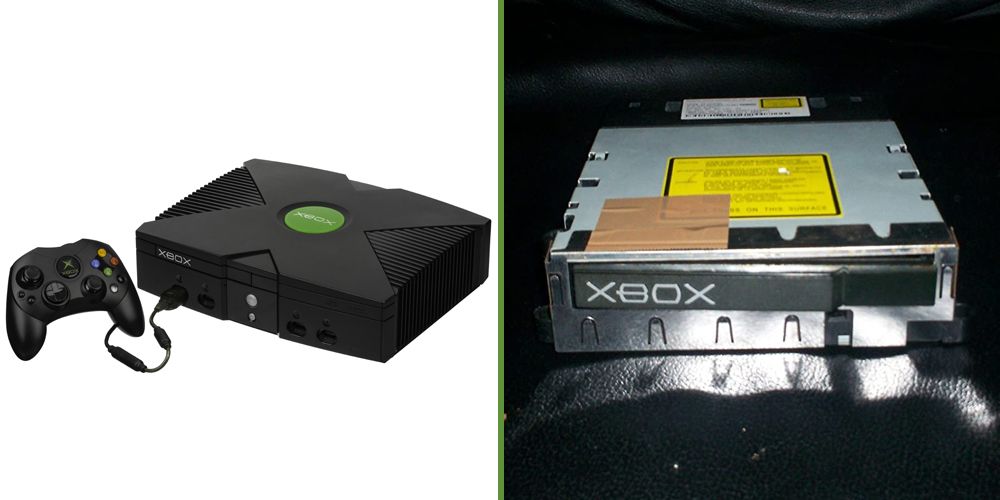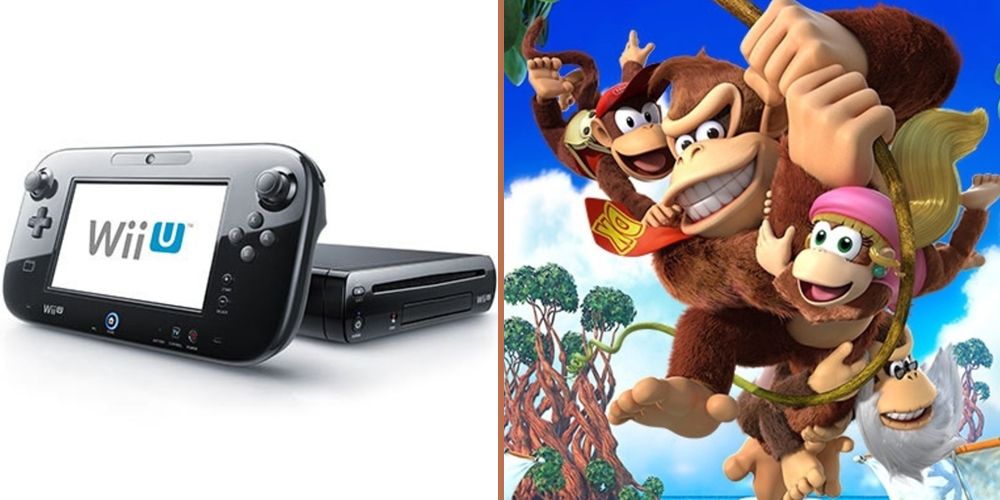Being an early adopter of new technology can be a risky business. Sure, it also has its advantages, but history shows that it can be something of a double-edged sword. For all the work that is done testing the new machines, technical issues and hardware faults still regularly slip through the cracks. When they do, they can quickly turn a dream gaming experience into an absolute nightmare.
The PlayStation 5 and Xbox Series X have only been out a matter of weeks and yet there are already widespread reports of their new owners running into problems. Thankfully, most of the issues being reported are fairly minor and none appear to be systematic. All the same though, this likely provides very little comfort to those who just shelled out $500. What may, however, is the knowledge that these issues could have been much, much worse.
10 The Red Ring Of Death (Xbox 360)
Perhaps the most infamous console flaw of all time, the Red Ring of Death affected a large proportion of launch model 360s. The problem occurred as a result of overheating and transformed affected units from high end consoles into expensive paperweights. The problem was promptly fixed in later revisions, but the damage was already done.
To Microsoft's credit, they extended the manufacturer's warranty on the console from one year to three. It's unclear exactly how many machines were repaired or replaced during this window, but it's reported to have cost the company more than a billion dollars. There were a few other minor problems with the system, but none came close to this.
9 The Yellow Light Of Death (PS3)
While 360 owners were dealing with the Red Ring of Death, PlayStation 3 owners had a few issues of their own to contend with. Neither were as prevalent, nor were they as widely reported, but they were just as devastating. The Yellow Light of Death affected launch models and occurred due to a thin layer of thermal paste deteriorating over time. Without this paste, the system struggled to divert heat from key components causing the system to power down.
A similar issue, sometimes referred to as the Red Blinking Light, happened when the console's exhaust fan became clogged with dust. Players could repair the issue themselves, although this usually required taking the machine apart and thus voiding the warranty.
8 Random Ejecting (PS4)
Sony seemingly learned from their earlier mistakes when it came to the PlayStation 4. That's not to say that it wasn't without its flaws though. Over time, launch models of the console sometimes developed an issue where the machine would randomly eject game discs which would in turn boot players back to the home screen.
The problem was linked to one of the rubber feet that the console rests on while orientated vertically. The foot in question was positioned directly below the eject button. As the system heated up, the rubber could sometimes absorb the excess heat causing it to expand upwards and trigger an eject. In later revisions, Sony replaced the touch capacitive button with a mechanical one which resolved the problem.
7 Joy-Con Drift (Switch)
Hardware problems don't always manifest themselves immediately, but some of the issues afflicting Switch Joy-Cons were apparent fairly early on in the console's lifecycle. Reports of Joy-Cons disconnecting from the console actually surfaced before the Switch had even released. Although this problem only affected a small number of the initial production run, there was a much larger problem waiting to rear its head.
Joy-Con drift is when one of the controllers registers a directional input even when the analogue stick is not in use. The issue was common enough for Nintendo to acknowledge it and the Japanese company offered to repair or replace any affected units. The company is now facing several lawsuits related to the matter and has angered some fans by claiming that Joy-Con drift was 'not a real problem'.
6 Pesky Pixels (PSP)
The Switch isn't the only handheld console to have had issues, although the PSP's troubles were a lot more obvious at launch. Some of the earlier models had problems with dead pixels and others with dust particles making their way inside the screen assembly. One gamer experienced problems with three different units before eventually getting his hands on a fault-free PSP.
Dead pixels are nothing new, but the issues with dust may have been the result of the PSPs design. While some people experienced the problem right out of the box, it wasn't uncommon for dust to make its way inside the screen over time due to gaps around the buttons.
5 Dual-Layered Dilemma (Wii)
Although the Wii was capable of reading dual layered discs, it would be more than a year before any games actually had need for the extra space they provided. For some, this delay caused issues. Due to the way that the drive was designed, dust build up on the lens made it difficult for the machine to recognize the dual-layered discs.
In total, there were only around 10 games that used the larger capacity discs, which is perhaps a good thing for those with affected units. For anybody desperate to play Super Smash Bros. Brawl (the first game to use the discs) or the Metroid Prime Trilogy though, Nintendo sent out special disc cleaners which rectified the problem more often than not.
4 Short-Lived Lasers (Dreamcast)
You either die a hero, or live long enough to see yourself become the villain. When Harvey Dent uttered these words in The Dark Knight Rises, he probably didn't have the Sega Dreamcast in mind. That doesn't make the sentiment any less fitting though.
While most of the Dreamcast's internals are incredibly reliable thanks to its thorough development, the laser in the disc drive is like a ticking time bomb. It's invariably the first part to fail and renders the console useless when it does so. It's an issue that's afflicted many a retro gamer, but, thanks to the console's incredibly short lifecycle, the majority of Dreamcast owners had moved on long before the issue ever occurred.
3 Disc Drive Drama (Xbox One)
A few eyebrows were raised when Sony and Microsoft announced that some variants of their next gen consoles would not have disc drives. Considering how troublesome mechanical disc drives have been over the years though, it actually makes a lot of sense.
Early models of the Xbox One sometimes developed issues reading discs which were accompanied by an awful grinding noise. The culprit, it seems, was a stuck gear. Some players later discovered that 'punching' the console could sometimes remedy the problem. Unsurprisingly, perhaps, Microsoft advised against this method, instead asking affected players to contact customer support.
2 Dated Disc Drive (Xbox)
The Xbox One wasn't the first of Microsoft's consoles to have issues with its disc drive. That honor goes to the original Xbox. There were several different disc drives used across its numerous variants, although the general consensus is that the Thompson branded drive is the least reliable of the four.
Not only did the drive seemingly have a higher failure rate, but it also had problems playing certain games. In order to curb piracy on the system, changes were made to the way that later discs were encoded. While the other drives had no trouble reading the new encoding method, the same could not always be said of the Thompson drive.
1 Tropical Freezing (Wii U)
The majority of issues that afflict modern consoles tend to be hardware based. That's not to say that software problems don't exist though. They're arguably more prevalent, in fact. Thanks to manufacturers being able to tackle these issues via updates and patches though, they're typically far less problematic. At least that's true when the manufacturer is actually able to fix the problem.
The Wii U was plagued by issues with freezing for much of its time on the market. Although software updates were able to alleviate the problem, they were not able to eradicate it entirely — at least not for some players. Nintendo downplayed the problem, calling it 'rare', but a quick Google search suggests that it was anything but.

